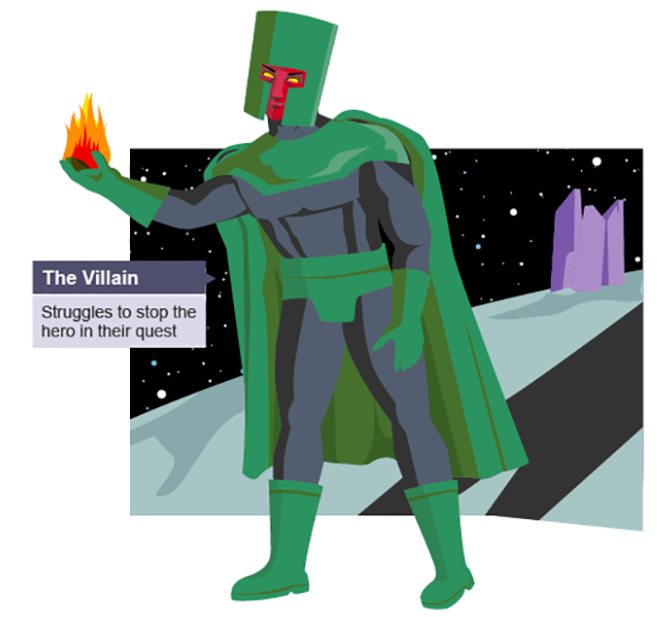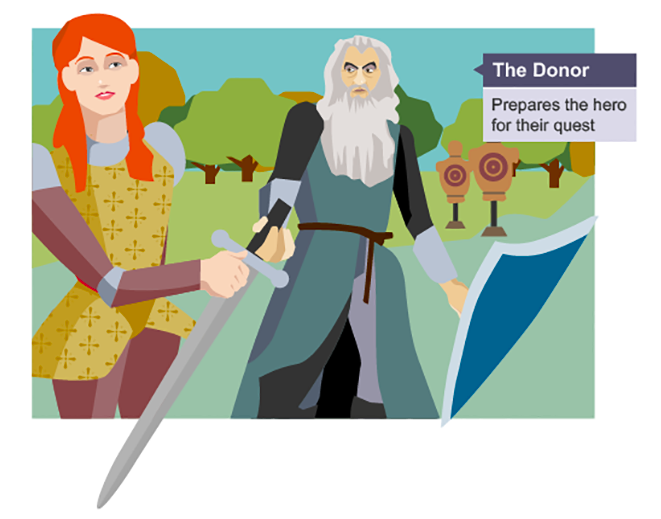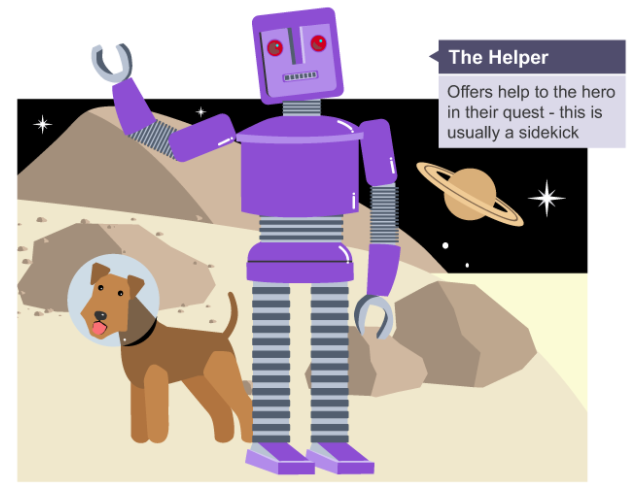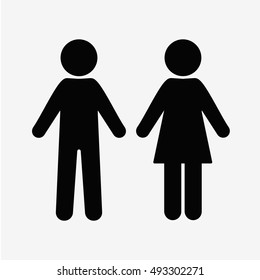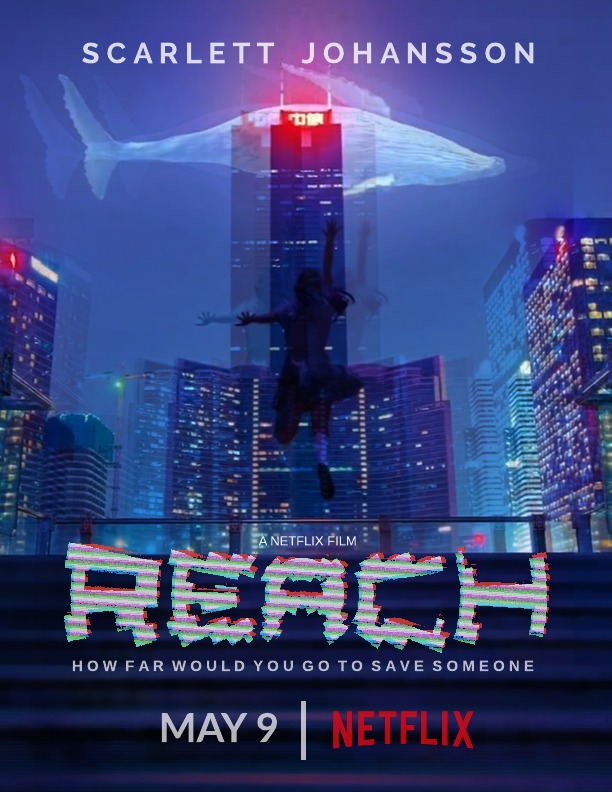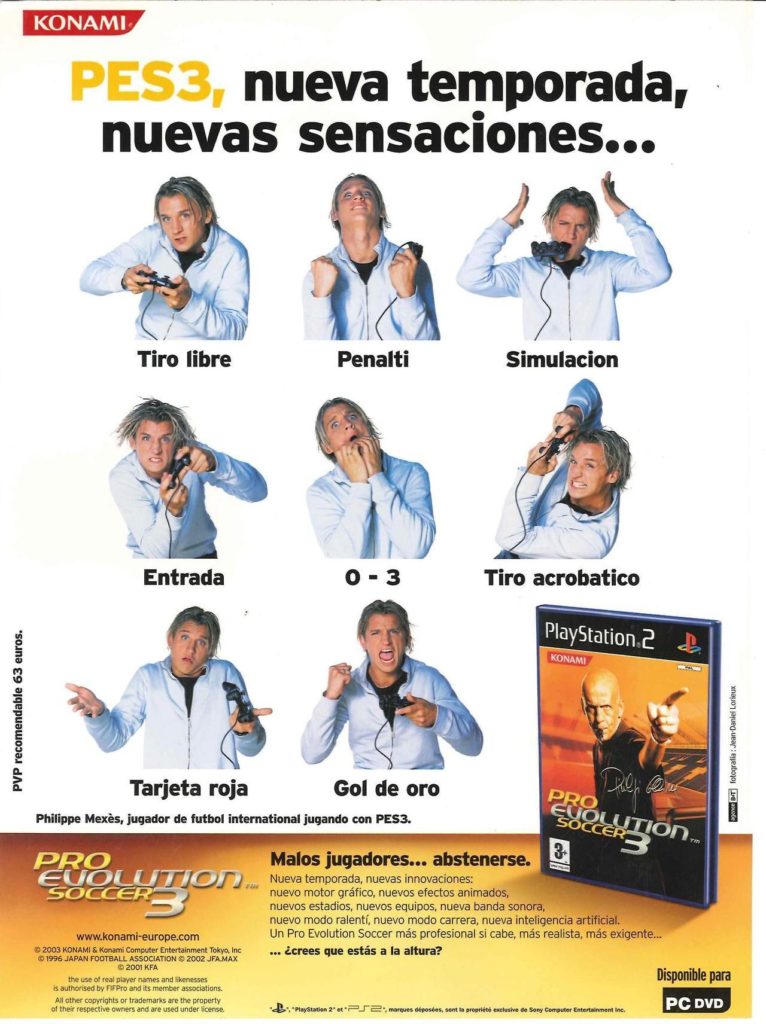SOURCE: http://mymediacreative.com/postcolonialism
DEFINITIONS:
- COLONIALISM – When a country takes control over another country.
- POST COLONIALISM – Studying something in a colonized country.
- DIASPORA – the dispersion or spread of people from their homeland.
- BAME – UK slang that refers to minorities (asian, hispanic etc).
- DOUBLE CONSCIOUSNESS (GILROY) – Internal conflict by subordinated groups in an oppressive society.
- CULTURAL ABSOLUTISM / RACIAL ESSENTIALISM – a belief in a genetic essence that defines all members in racial categories.
- CULTURAL SYNCRETISM – Different cultures merging together to make something new.
- ORIENTALISM (SAID) – How we view Arab countries.
- APPROPRIATION – When something sacred to someone is sexualised or made fun of (e.g. native indians of america and their culture appropriated for childrens costumes on halloween).
- CULTURAL HEGEMONY – The domination of a culturally diverse society by the most popular class
- THE PUBLIC SPHERE (HABERMAS) – An area in social life where individuals can come together to freely discuss and identify societal problems, and through that discussion influence political action.
- THE ROLE OF PUBLIC SERVICE BROADCASTING IN TERMS OF FAIR REPRESENTATION OF MINORITY GROUPS / INTERESTS – These public service broadcasting groups (PBS) are mostly biased when representing ethnic minority groups which can make society adopt stereotypes and misunderstandings of these ethnic minorities.
FRANTZ FANON – Colonialism and Post-Colonialism
“‘from America, black voices will take up the hymn with fuller unison. The ‘black world’ will see the light” – FRANTZ Fanon ‘on national culture’
Fanon was born in the French colony of Martinique and appears to recognise the ‘mechanics of colonialism and its effects of those it ensnared’ (McLeod 2000:20) when he remembers how he felt when, in France, white strangers pointed out his blackness, his difference, with derogatory phrases such as ‘dirty Nigger!’ or ‘look, a Negro!’
As an early critical thinker of postcolonialism, Frantz Fanon took an active role, proposing the first step required for ‘colonialised’ people to reclaim their own past by finding a voice and an identity. The second, is to begin to erode the colonialist ideology by which that past had been devalued. (Barry, 2017:195). In the chapter ‘On National Culture’ (pp;168-178) Fanon presents three phases of action ‘which traces the work of native writers’:
- Assimilation of colonial culture corresponding to the ‘mother country’ Chinua Achebe talks of the colonial writer as a ‘somewhat unfinished European who with patience guidance will grow up one day and write like every other European.’ (1988:46)
- Immersion into an ‘authentic’ culture ‘brought up out of the depths of his memory; old legends will be reinterpreted’
- Fighting, revolutionary, national literature, ‘the mouthpiece of a new reality in action’.
PAUL GILROY/W.E.B. DU BOIS – Hybridity and ambiguity in Culture
Paul Gilroy is insistent that ‘we must become interested in how the literary and cultural as well as governmental dynamics of the country have responded to that process of change and what it can tell us about the place of racism in contemporary political culture.’ (2004:13) His theme of Double Consciousness, derived from W. E. B. Dubois, involves ‘Black Atlantic’ striving to be both European and Black through their relationship to the land of their birth and their ethnic political constituency.
As with much postcolonial criticism the aim to understand and reconcile individual and national identity. Gilroy highlights Enoch Powell’s notorious 1968 ‘rivers of blood speech’ full of the ‘terrifying prospect of a wholesale reversal of the proper ordering of colonial power . . . intensified by feelings of resentment, rejection, and fear at the prospect of open interaction with others.’ (2004:111) Put presciently, ‘it has subsequently provided the justification for many a preemptive strike’.
The stress on ‘cross-cultural’ interactions is indeed a characteristic of postcolonial criticism. Often found by foregrounding questions of cultural difference and diversity, as well as by celebrating ‘hybridity’, ‘ambiguity’ and ‘cultural polyvalency’. A unique position where ‘individuals may simultaneously belong to more than one culture – the coloniser and the colonised’. (2016:198) Even Fanon suggests an emphasis on identity as ‘doubled, or ‘hybrid’, or ‘unstable’.
ANTONIO GRAMSCI – Hegemony
Gramsci suggests that power relations can be understood as a hegemonic struggle through culture. In other words, Gramsci raises the concept of Hegemony to illustrate how certain cultural forms predominate over others, which means that certain ideas are more influential than others, usually in line with the dominant ideas, the dominant groups and their corresponding dominant interests. In terms of postcolonialism Said, notes how ‘consent is gained and continuously consolidated for the distant rule of native people and territories’ (1993:59).
Hegemony is a tug of war for power, and that the balance of power can be changed, how certain cultural forms predominate over others, which means that certain ideas are more influential than other, post colonialism articulates a desire to reclaim, re-write and re-establish cultural identity and thus maintain power of The Empire.
hegemony is a struggle that emerges from NEGOTIATION and CONSENT. As such, it is not total domination (not totalitarianism or explicit propoganda) but a continual exchange of power, through ideas. In this sense, postcolonialism articulates a desire to reclaim, re-write and re-establish cultural identity and thus maintain power of The Empire – even if the Empire has gone.
ORIENTALISM – The Link between culture, imperial power & colonialism
” The power to narrate, or to block other narratives from forming or emerging, is very important to culture and imperialism ” – Edward Said Culture and Imperialism, 1993: xiii
POSTCOLONIALISM operates a series of signs maintaining the European-Atlantic power over the Orient by creating ‘an accepted grid for filtering through the Orient into Western consciousness‘. Or as Paul Gilroy puts it, ‘a civilising mission that had to conceal its own systematic brutality in order to be effective and attractive’ (2004:8).
The ‘Other’ – the mirror stage of child development, whereby, as we cannot actually see ourselves as whole, we use a reflection to understand who we are / who we are not.
REPRESENTATIONS of – the East /the Orient / the ‘Other’ – are CONSTRUCTED through the lens of WESTERN COLONIAL POWER.
LOUIS ALTHUSSER – The Ideological State Apparatus
“‘Ideology ‘acts’ or ‘functions’ in such a way to ‘recruit’ subjects among individuals . . . through the very precise operation that we call interpellation or hailing.” Althusser 2014:190
Ideological state apparatus (ISA), is a theoretical concept developed by (Algerian born) French philosopher Louis Althusser, which is used to describe the way in which structures of civic society (education, culture, the arts, the family, religion, bureaucracy, administration etc) which keeps people in there place. ‘the ruling ideology, which is the ideology of ‘the ruling class’.
MEDIA LITERACY
To equip students with knowledge and understanding that allows them to see the legacy of connections. So that rather acting as an accepting, passive consumer of media texts, they are able to actively engage in the process of meaning-making. Breaking down the layers of construction to grasp the sociological history behind the message. This can be found in any text that you may be asked to look at for your course of studies. At present in the AQA Media Studies A level, students are asked to look at music videos by Common – Letter to the Free, and The Specials- Ghost Town. So in the next section, we can apply some of the ideas that we have presented so far.
LETTER TO THE FREE
“Common is an Oscar and Grammy award winning hip/hop rap artist who wrote Letter to the Free as a soundtrack to The 13th – a documentary by Ava DuVernay named after the American 13th amendment (the abolition of slavery). His output is highly politicised, existing in the context of a variety of social and cultural movements aimed at raising awareness of racism and its effects in US society (e.g.: Black Lives Matter). Letter to the Free is a product which possesses cultural and social significance. It will invite comparison with other music videos allowing for an analysis of the contexts in which they are produced and consumed.“
- Q1:How can you apply the concept of Orientalism to Common’s Letter to the Free?
Letter to the Free tries to redefine and reverse stereotypes within America given to black Americans by Europe via orientalism.
- Q2: Can you apply Fanon’s 3 phase plan of action to this music video?
Common is attempting to educate, aka phase 2, the people, aka phase 1, to allow these people to choose what they want to believe in and what action they want to take which translates to phase 3.
- Q3: How is the audience called / addressed / hailed (interpellated)? Use examples from both the lyrics and the visual grammar (shot, edit, mise-en-scene) to show how audiences are drawn into a specific subject position / ideological framework?
Viewers of the music video are made to observe the racism within the United States caused by the failed justice system that made the 13th amendment. Common uses moving and disturbing language within his lyrics to demonstrate that this systematic racism has been happening for years that others with privilege have looked away from and ignored. “Southern leaves, southern trees we hung from”, a lyric from Common’s Letter to the Free that implies how many slaves were lynched (hung) by white slave owners allowing the audience to sympathise and empathise with the black community.
GHOST TOWN
Ghost Town by The Specials conveys a specific moment in British social and political history while retaining a contemporary relevance. The cultural critic Dorian Lynskey has described it as ‘’a remarkable pop cultural moment’’ one that “defined an era’’. The video and song are part of a tradition of protest in popular music, in this case reflecting concern about the increased social tensions in the UK at the beginning of the 1980s. The song was number 1 in the UK charts, post-Brixton and during the Handsworth and Toxteth riots.
- Q1: Where can you identify ‘hybridity’, ‘ambiguity’ and ‘cultural polyvalency’ in this music video?
The representations between black Jamaican culture and white people can be identified as hybridity and cultural polyvalency to educate the audience on other cultures around the world and help these cultures become more accepted without stereotypes.
- Q2: How does this text apply to Fanon’s 3 phase plan of action?
Similar to how Common is trying to educate his audience about how black people are still oppressed in the 21st century, The Specials are trying to educate their audience, aka phase 1, on racial problems within the UK, aka phase 2, at the time as well as trying to unite these different cultures together, aka phase 3.
- Q3: How is the audience called / addressed / hailed (interpellation)? Use examples from both the lyrics and the visual grammar (shot, edit, mise-en-scene) to show how audiences are drawn into a specific subject position / ideological framework?
At the time Ghost Town was written, filmed and produced, there were more than 5 riots that had caused violence to rise within the UK and a large mass of people were left unemployed. The Specials tried to address these issues within Ghost Town by using rastafarian based lyrics intertwined with english lyrics in an attempt to unite these cultures together. “Do you remember the good old days before the ghost town? We danced and sang, and the music played in a de boomtown” referencing the time before all of the riots that had happened and how it must change in order to preserve and regain peace in the UK allowing the audience to identify the need for change.



